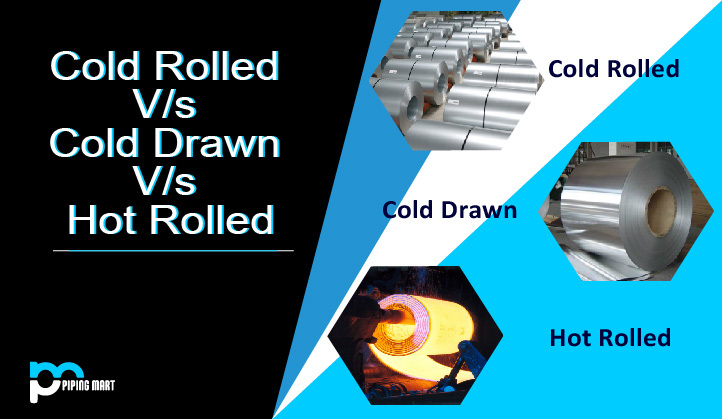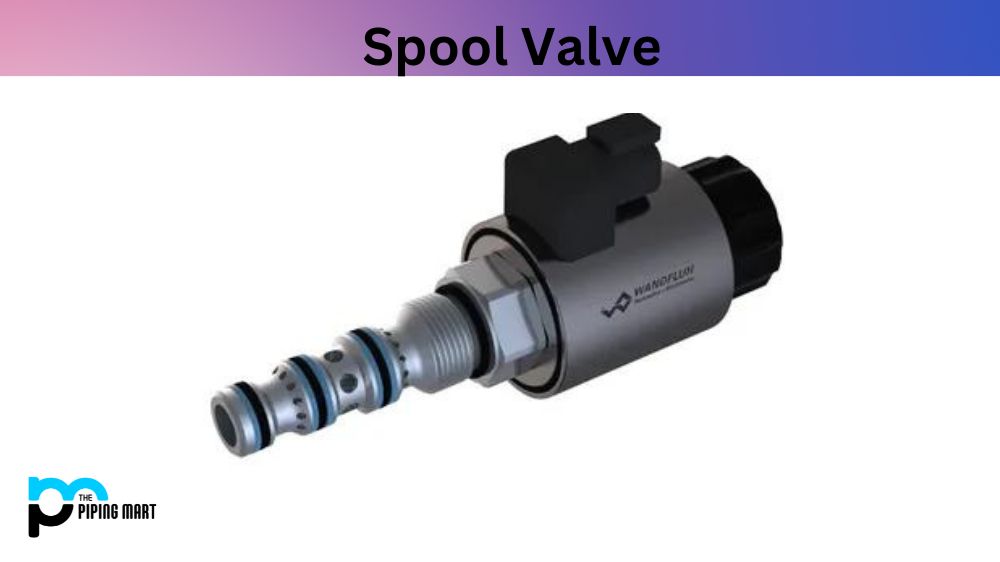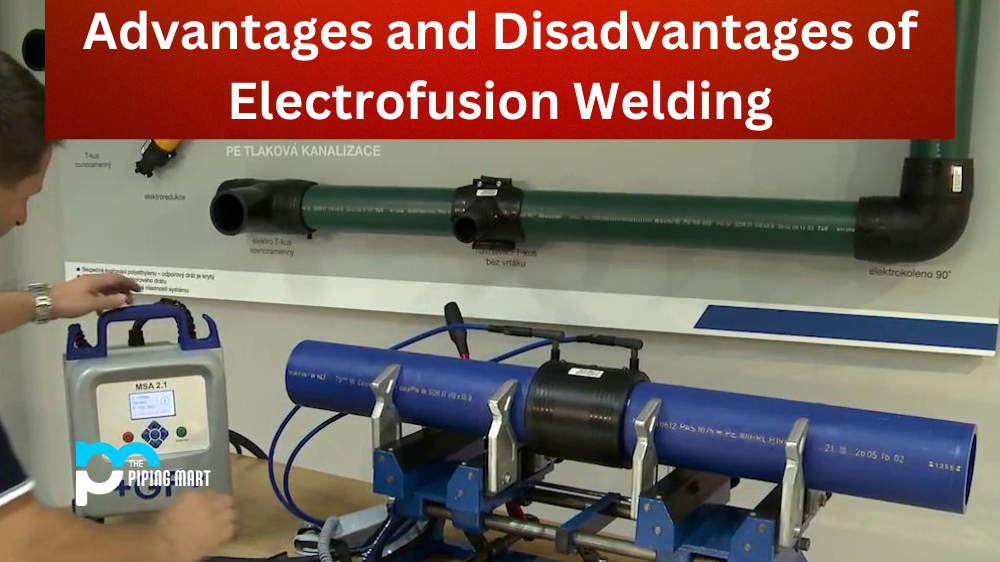Have you ever wondered what the differences were between electroplating and anodizing? Both processes are used in metal finishing, but there are a few key differences that make one method more suitable for specific applications compared to the other. Let’s take a look at how these two processes compare.
Electroplating
Electroplating is a process of coating one metal with another through electrolysis. The metal being plated is called the substrate, while the metal doing the plating is called the deposit. When a current is applied to a solution containing metal ions, the ions are attracted to the substrate and form a thin layer of metal over it. Common metals used in electroplating include copper, silver, gold, chrome, zinc, nickel, and tin. Electroplating is a process that uses an electric current to coat a metal with a thin layer of another metal. This process protects the underlying metal from corrosion, wear, and other forms of damage. Additionally, electroplating can change the appearance of the metal by adding a decorative finish.
Anodizing
Anodizing is an electrochemical process that involves immersing an aluminium part in an acid electrolyte bath and passing electricity through it. This causes oxygen molecules from the bath to be released onto the surface of the aluminum part. The oxygen forms a thick oxide layer on top of the aluminium, which increases its corrosion resistance and wears resistance. Anodized aluminum parts also have increased electrical insulation properties due to their porous nature. Anodizing is a process that uses an electric current to coat a metal with a thin layer of oxide. This process is used to protect the underlying metal from corrosion and wear. Additionally, anodizing can change the appearance of the metal by adding a decorative finish.
Differences Between Electroplating and Anodizing
Process
The main difference between electroplating and anodizing is the process used to coat the metal. Electroplating uses an electric current to coat the metal with a thin layer of another metal. In contrast, anodizing uses an electric current to coat the metal with a thin oxide layer.
Purpose
The main difference between electroplating and anodizing is their purpose. Electroplating is primarily done for protective purposes, while anodizing is done for both protective and decorative purposes.
Appearance
Another difference between electroplating and anodizing is their appearance. Electroplated metals have a shiny, metallic appearance, while anodized metals have a matte, dull appearance.
Durability
Finally, electroplating is generally more durable than anodizing. This is because the coating applied during electroplating is thicker than the coating used during anodizing.
The main difference between electroplating and anodizing lies in their applications — electroplating is used primarily for decorative purposes. In contrast, anodizing is used mainly for functional purposes such as corrosion resistance or improved electrical insulation properties. Another significant difference between these two processes is that electroplating uses electric current to attract metal ions, while anodizing uses electric current to release oxygen molecules from an acid electrolyte bath. This means that electroplated surfaces are smoother than anodized surfaces because they don’t have pores like those created by oxygen molecules during anodization. Finally, electroplated finishes can be applied to any metal (not just aluminum), whereas anodization can only be done on aluminum alloys.
Conclusion:
When deciding whether you should use electroplating or anodization for your project, it’s essential to consider your goals for the finished product — do you need better corrosion resistance or improved electrical insulation properties? Do you want a smooth finish or something with more texture? Once you have answered these questions, you can explore each process more deeply and decide which best suits your needs! Ultimately, both processes can provide excellent results if done correctly, so it’s worth exploring each option before making your final choice.

A passionate metal industry expert and blogger. With over 5 years of experience in the field, Palak brings a wealth of knowledge and insight to her writing. Whether discussing the latest trends in the metal industry or sharing tips, she is dedicated to helping others succeed in the metal industry.




